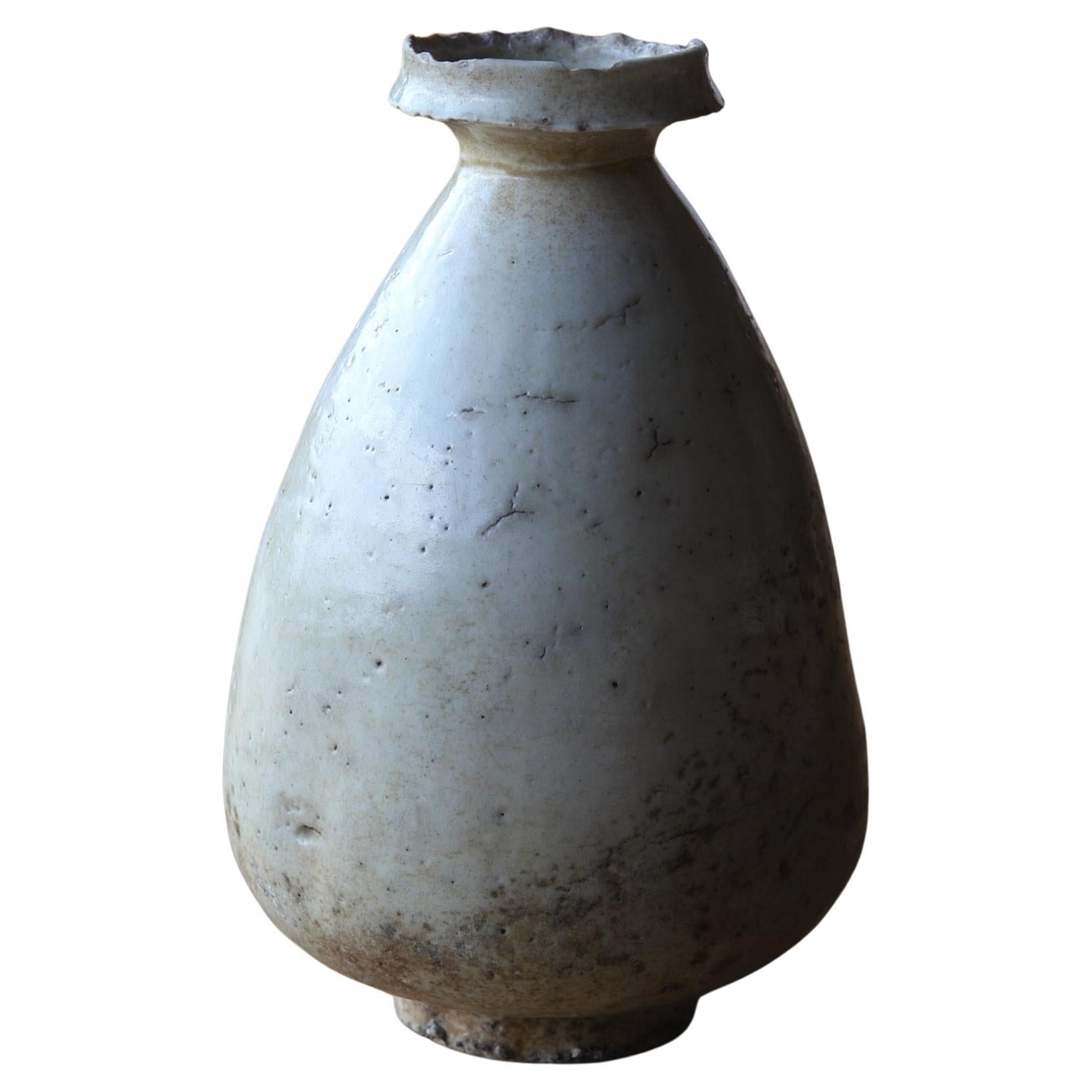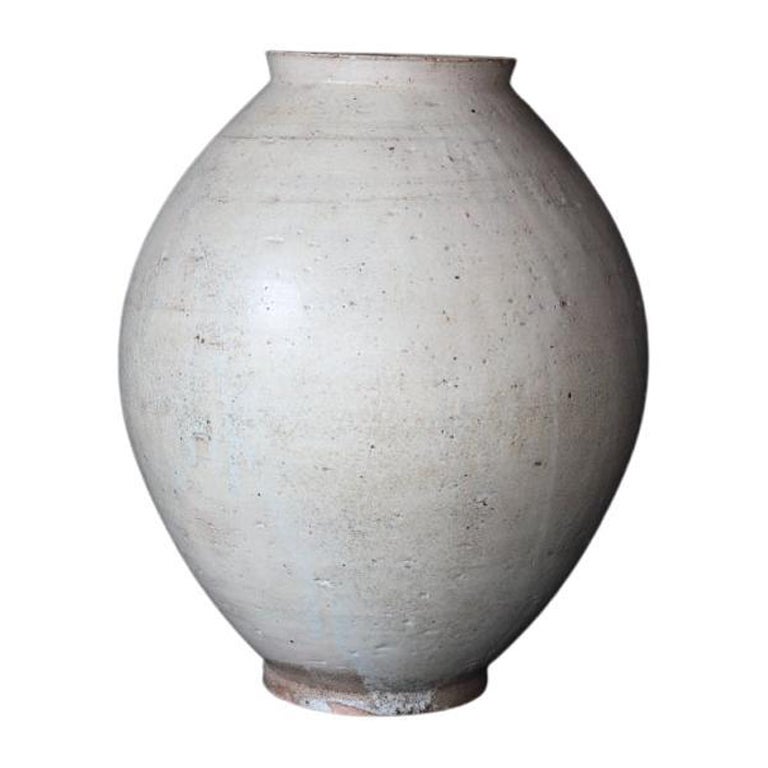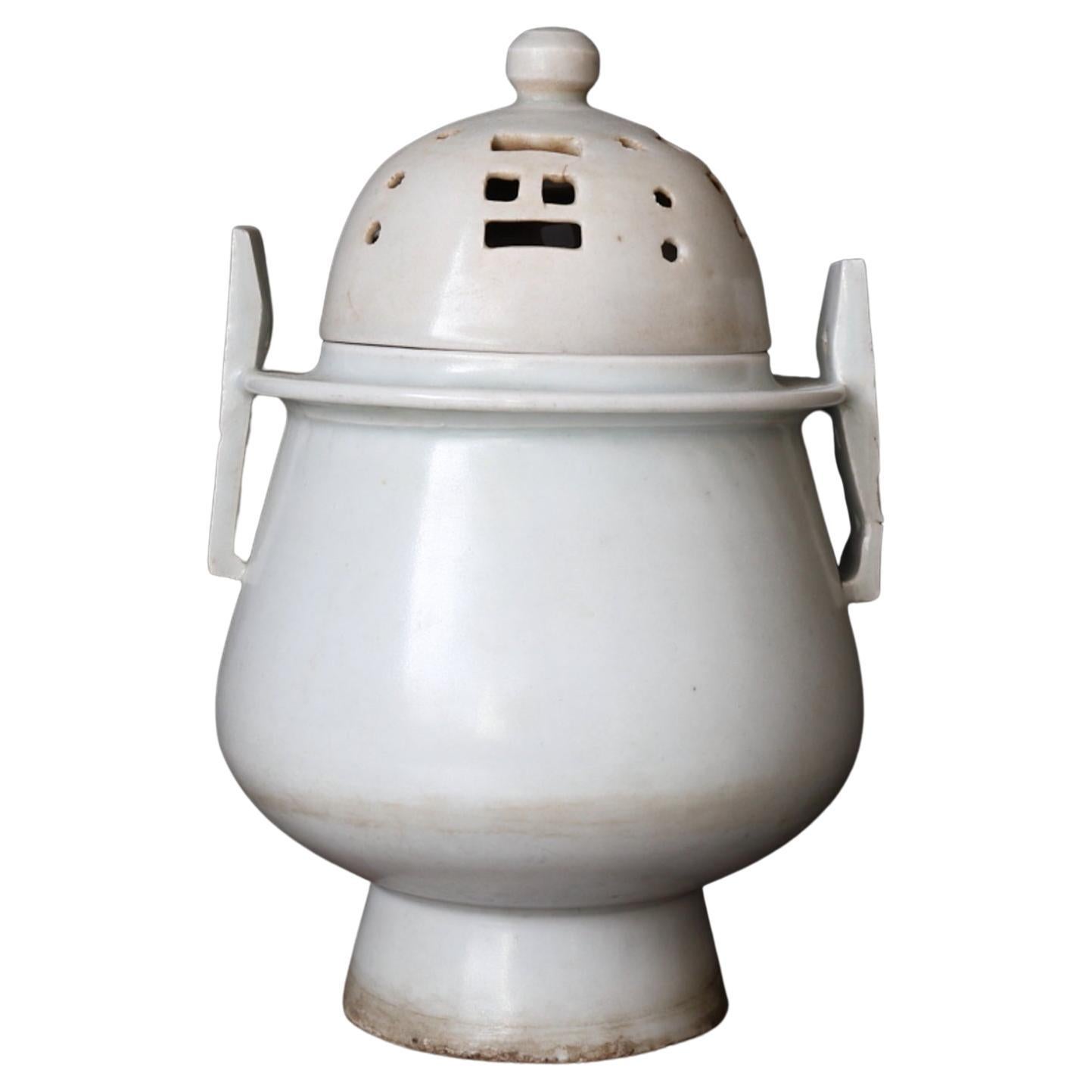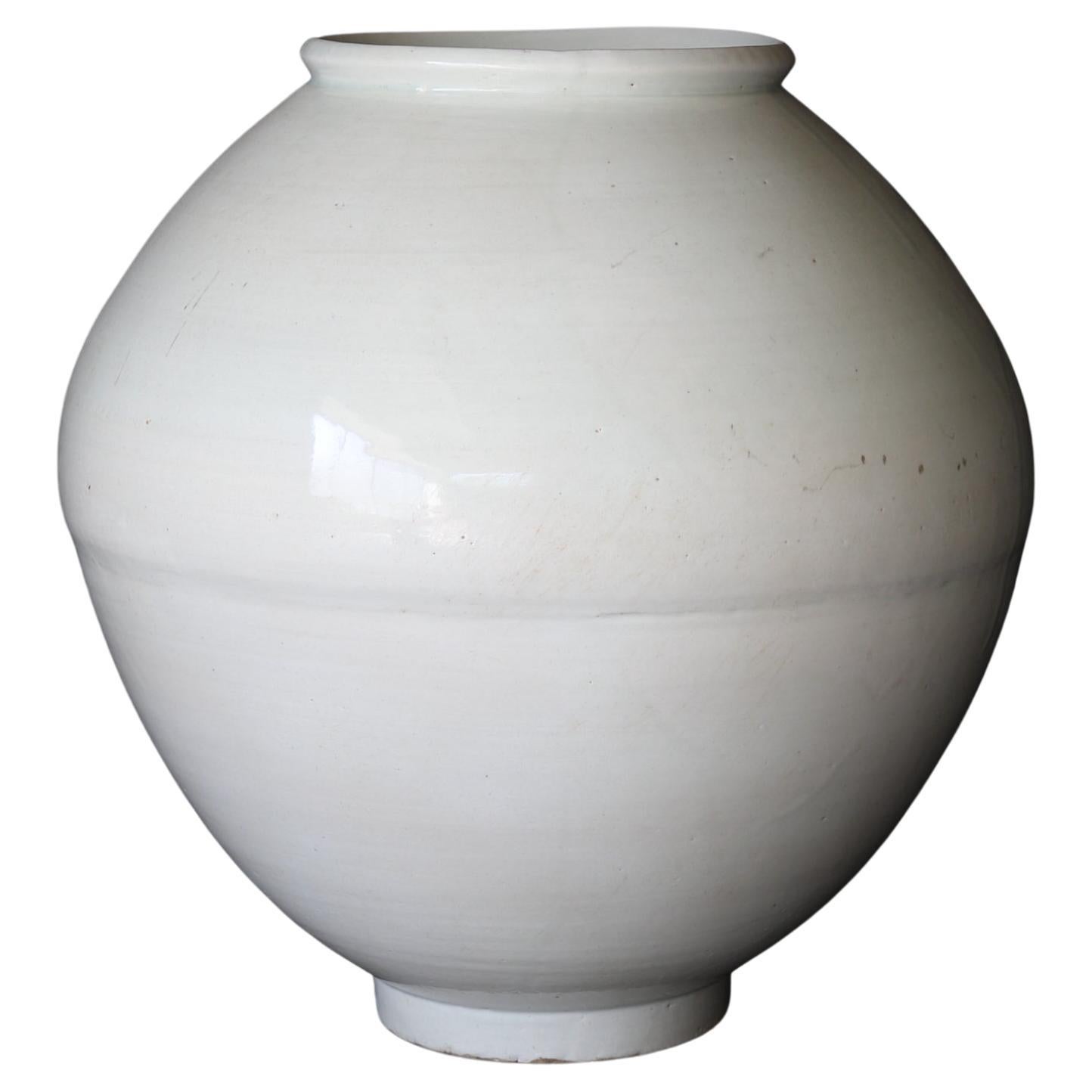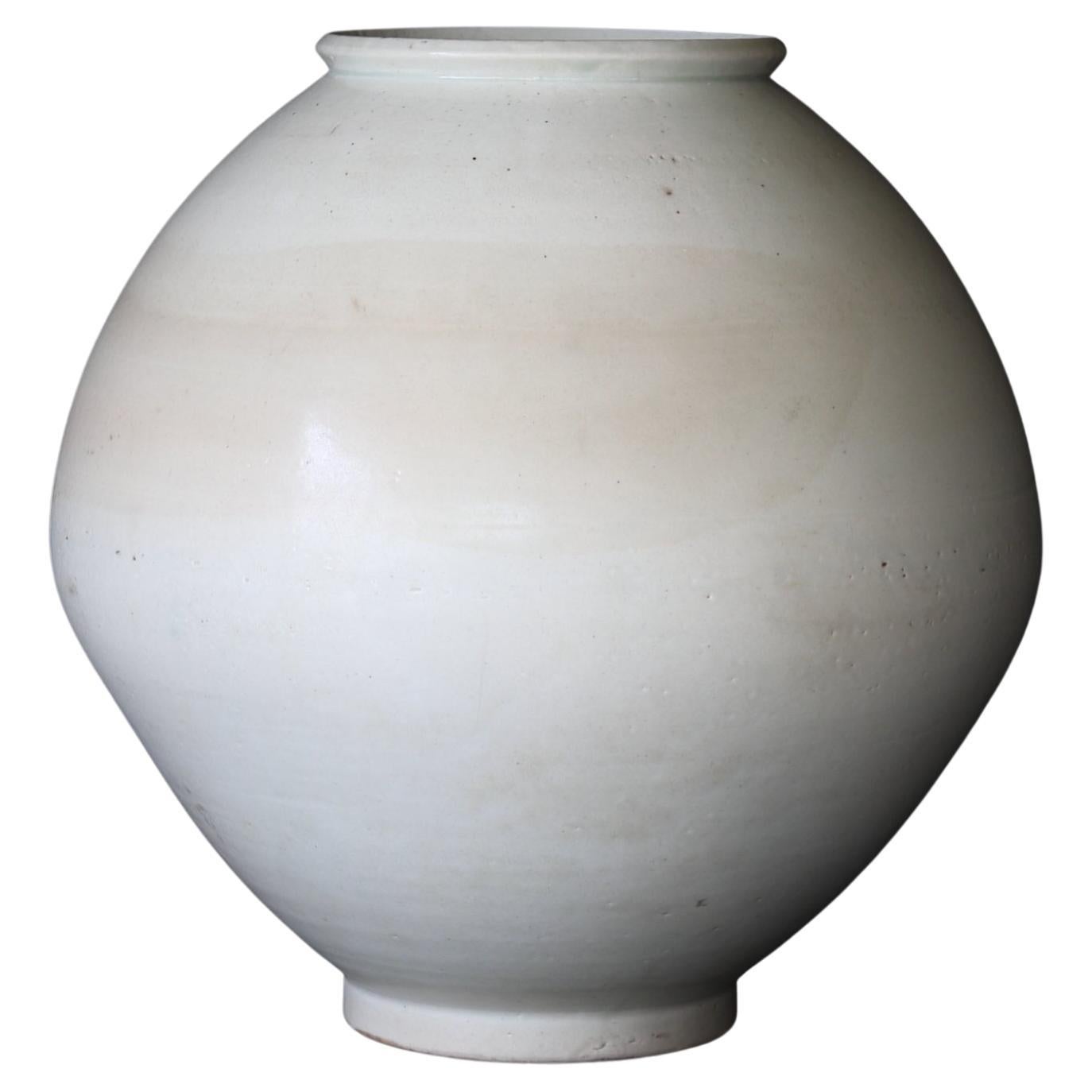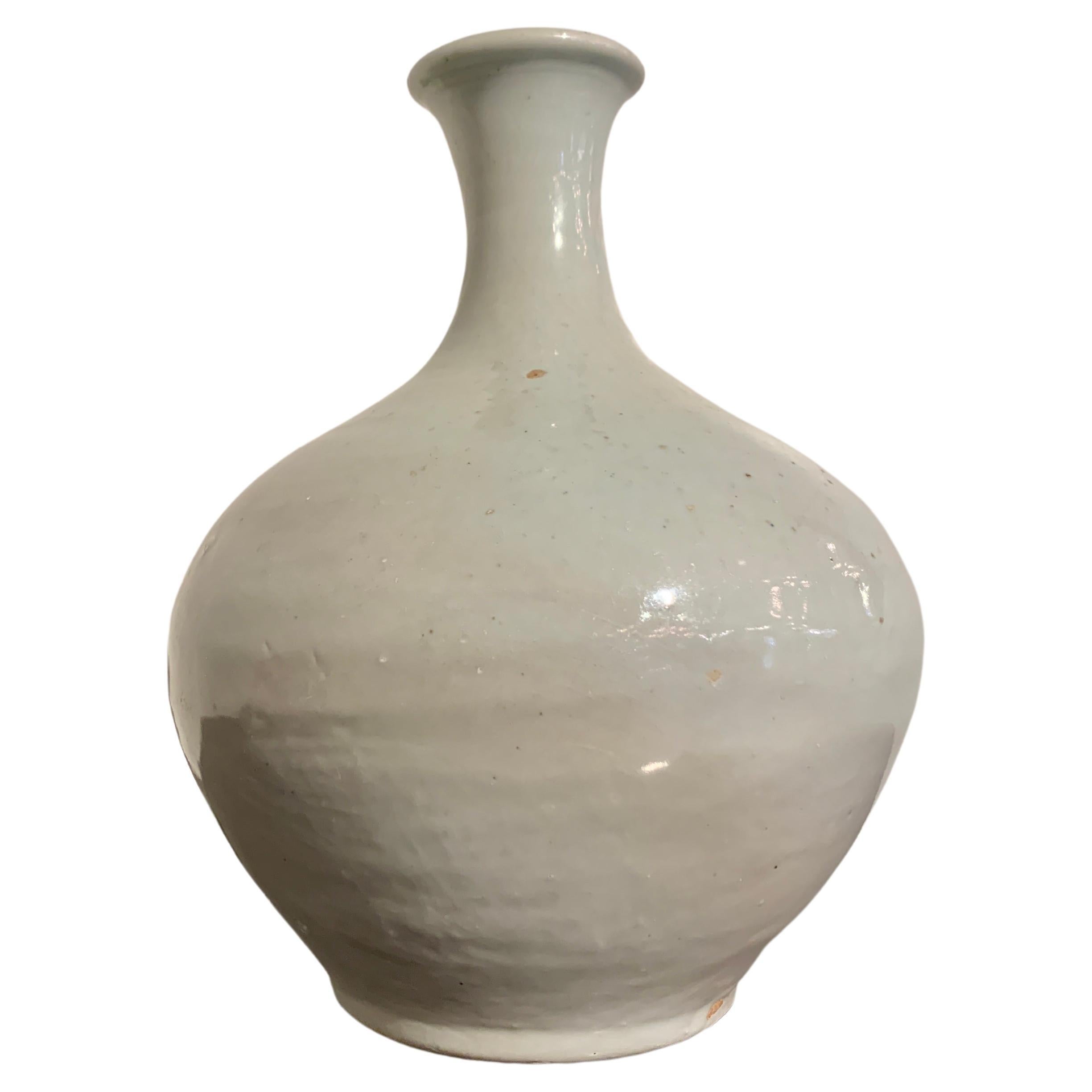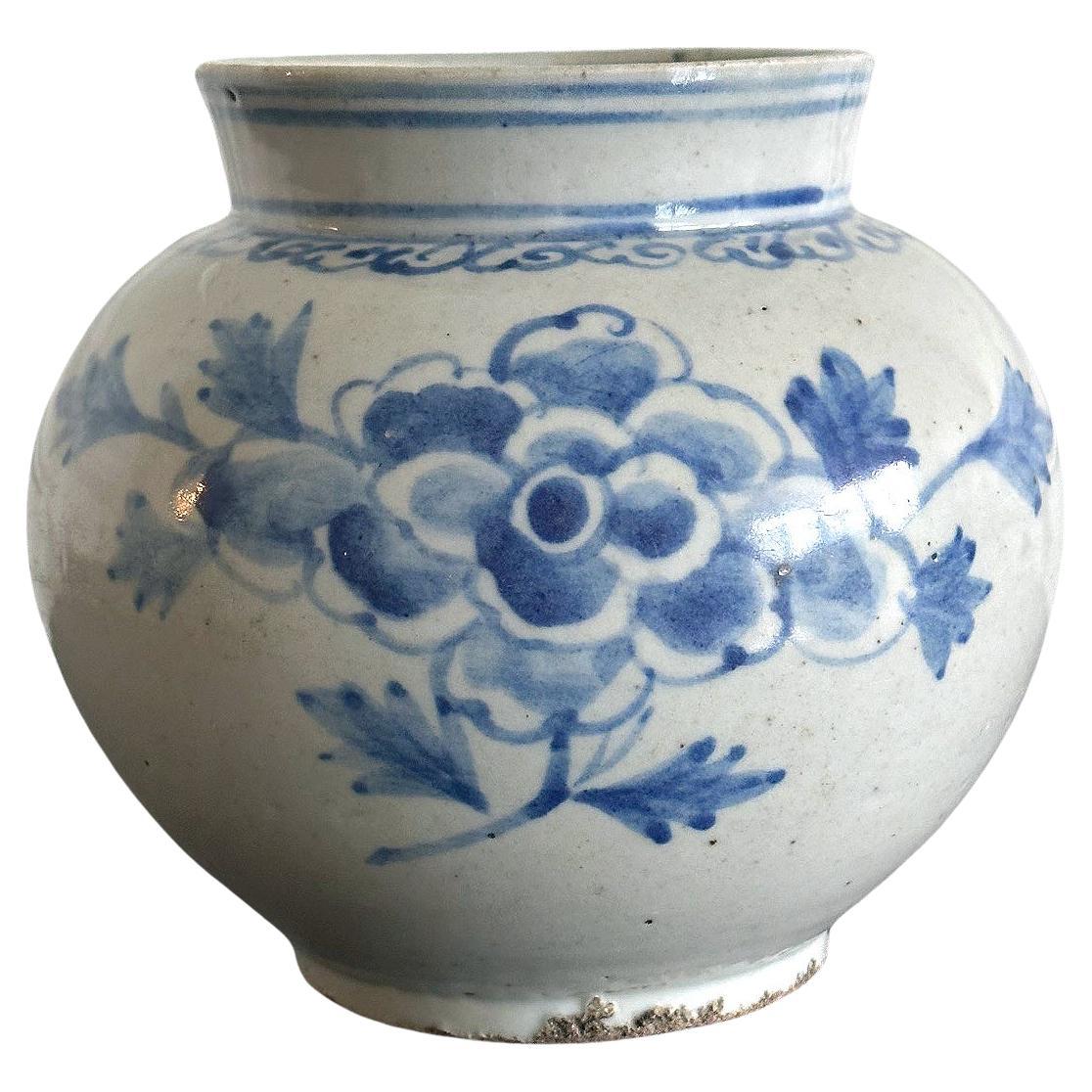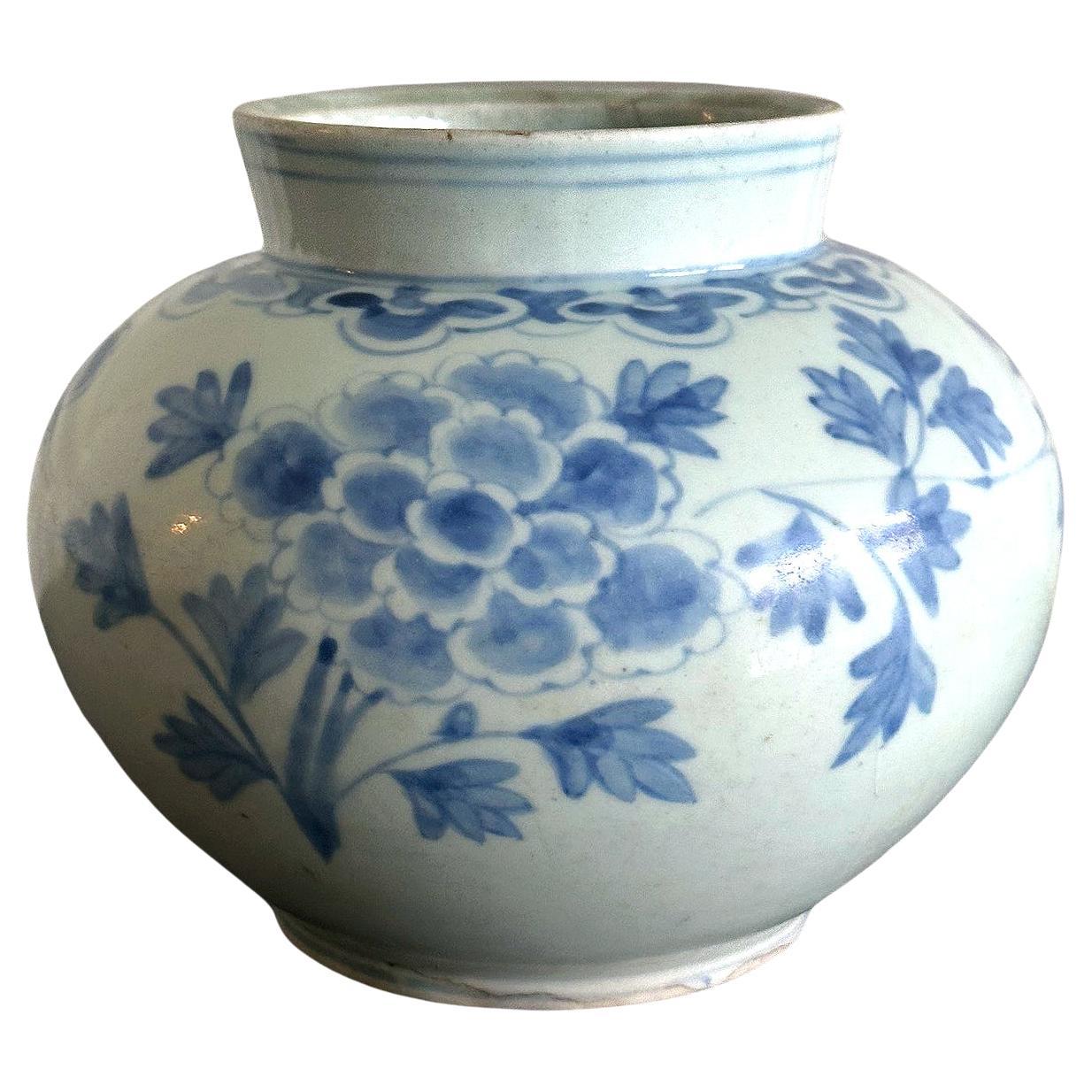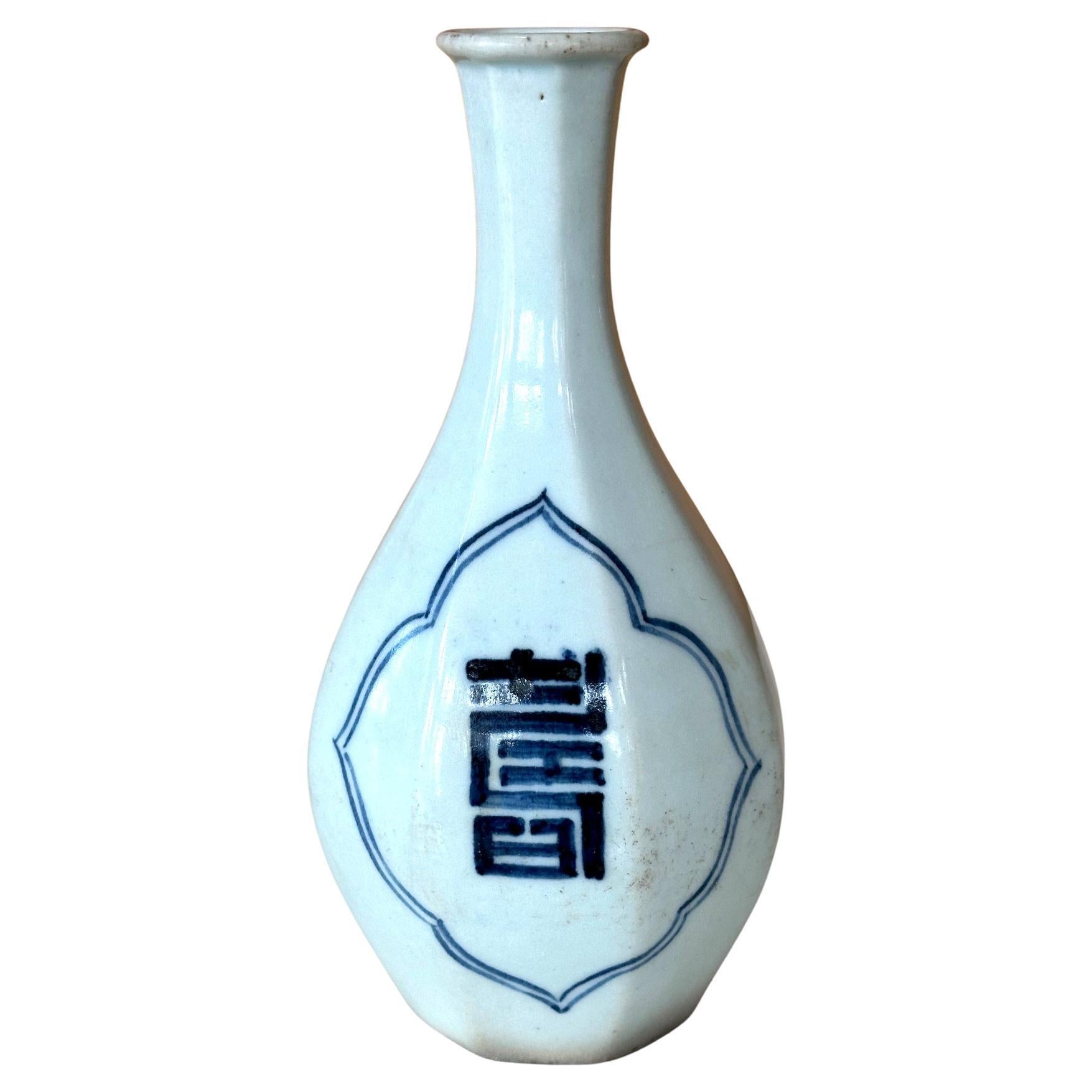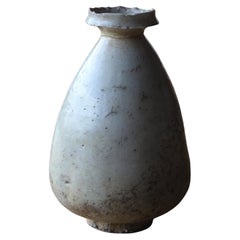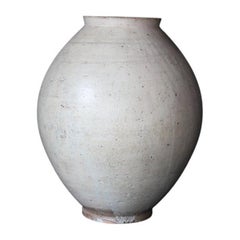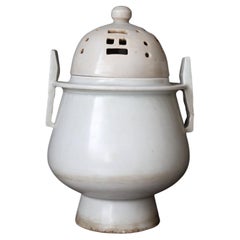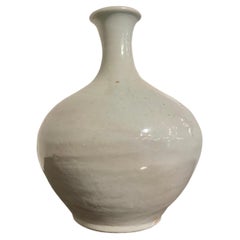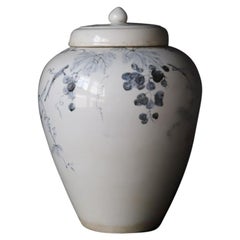
White and Blue Porcelain Vase / 16th Century / Korean Antiques / Joseon Dynasty
View Similar Items
Want more images or videos?
Request additional images or videos from the seller
1 of 21
White and Blue Porcelain Vase / 16th Century / Korean Antiques / Joseon Dynasty
About the Item
- Dimensions:Height: 14.77 in (37.5 cm)Width: 13 in (33 cm)Depth: 13 in (33 cm)
- Materials and Techniques:
- Period:
- Date of Manufacture:1392-1910 CE
- Condition:
- Seller Location:Kyoto-shi, JP
- Reference Number:1stDibs: LU7673233370582
About the Seller
No Reviews Yet
Vetted Seller
These experienced sellers undergo a comprehensive evaluation by our team of in-house experts.
Established in 2012
1stDibs seller since 2022
Typical response time: 3 hours
More From This SellerView All
- White Porcelain Vase / 17th Century / Korean Antiques / Joseon DynastyLocated in Kyoto-shi, KyotoThis product is a white porcelain bottle from the Joseon Dynasty. People in those days used bottles like this to make soap from waste oil. With use, the porcelain frayed and curle...Category
Antique 17th Century Antiquities
MaterialsCeramic, Porcelain
- Moon Jar / Korean Antique vase / Joseon Dynasty / 18th CenturyLocated in Kyoto-shi, KyotoIt's a wonderful moon jar. It is a rare size that is suitable for the alcove of a Japanese tea room. It is shaped at once without connecting the uppe...Category
Antique 18th Century Korean Antiquities
MaterialsCeramic
- White Porcelain Incense Burner / Korean Antique / Joseon Dynasty/1392 - 1897 CELocated in Kyoto-shi, KyotoThis incense burner presents the characteristics of a typical Yi Dynasty Joseon Dynasty incense burner with a body that rises smoothly from the base, openworked ears and a semi-circu...Category
Antique 17th Century Korean Antiquities
MaterialsCeramic
- Moon Jar 'Dalhanari', Lot3 / 17th Century / Korean Antiques / Joseon DynastyLocated in Kyoto-shi, KyotoThis is a white porcelain jar from the mid-Joseon period, also known as a "Talhunari" or "moon jar". During the Joseon Dynasty, which was strongly influenced by Confucianism, the purity of white porcelain was particularly prized in its artistic expression due to its Confucian sensitivity. The defining characteristic of white porcelain during this period was its pure white color, but there were many subtle variations in the white hues, with some being classified as milky white, snowy white, ashen white, and bluish white. The term "Talhunari" means "moon jar" in Korean, and it refers to the large, round shape of the jar, resembling a full moon. It was named by Kim Whanki, a representative abstract painter of Korea. The soft, curving lines and sturdy body that seems to embrace the full moon give the jar both power and tranquility. This type of jar was produced in large quantities during the 17th century. The white of the moon jar is not the pure white of early Joseon porcelain...Category
Antique 17th Century Korean Ceramics
MaterialsCeramic, Porcelain
- Moon Jar 'Dalhanari' - Lot2 / 17th Century / Korean Antiques / Joseon DynastyLocated in Kyoto-shi, KyotoThis is a white porcelain jar from the mid-Joseon period, also known as a "Talhunari" or "moon jar". During the Joseon Dynasty, which was strongly influenced by Confucianism, the purity of white porcelain was particularly prized in its artistic expression due to its Confucian sensitivity. The defining characteristic of white porcelain during this period was its pure white color, but there were many subtle variations in the white hues, with some being classified as milky white, snowy white, ashen white, and bluish white. The term "Talhunari" means "moon jar" in Korean, and it refers to the large, round shape of the jar, resembling a full moon. It was named by Kim Whanki, a representative abstract painter of Korea. The soft, curving lines and sturdy body that seems to embrace the full moon give the jar both power and tranquility. This type of jar was produced in large quantities during the 17th century. The white of the moon jar is not the pure white of early Joseon porcelain...Category
Antique 17th Century Korean Antiquities
MaterialsCeramic, Porcelain
- Antique Shigaraki Jar "Uzukumaru"/Japanese Vase/14th-16th Century/Wabi-SabiLocated in Kyoto-shi, KyotoDuring the Muromachi Period (1392–1573), the concept of wabi-sabi was formed from the tea ceremony culture. Shigaraki ware was greatly influenced by the aesthetic sense of tea masters in the flow of the times. This product is a small jar called "UZUKUMARU", which was used by farmers as a pot to store seeds. The higaki pattern drawn on the body is unique to Shigaraki. It is said that it is modeled after a shimenawa rope or the bamboo fence...Category
Antique 15th Century and Earlier Japanese Antiquities
MaterialsCeramic
You May Also Like
- Korean White Glazed Porcelain Bottle Vase, Joseon Dynasty, 19th Century, KoreaLocated in Austin, TXA subtle and elegant Korean Joseon Dynasty white glazed porcelain bottle vase, 19th century, Korea. The bottle vase with an unusual globular body, nar...Category
Antique 19th Century Korean Ceramics
MaterialsPorcelain
- Korean White Glazed Porcelain Bottle Vase, Joseon Dynasty, 18th CenturyLocated in Austin, TXA quiet and elegant Korean white glazed bottle vase, Joseon Dynasty, late 18th century, Korea. The graceful vase beautifully proportioned, resting on a short recessed foot, with a...Category
Antique Late 18th Century Korean Ceramics
MaterialsPorcelain
- Antique Korean Porcelain Peony Jar Joseon DynastyLocated in Atlanta, GAA Korean white porcelain jar with underglaze blue painting of large peonies with leaves circa second half of 19th century, Joseon Dynasty. Considered associated with Punwon-ri kilns ...Category
Antique Late 19th Century Korean Other Ceramics
MaterialsPorcelain
- Antique Korean Porcelain Peony Jar Joseon DynastyLocated in Atlanta, GAA Korean white porcelain jar with underglaze blue painting of large peonies with leaves circa second half of 19th century, Joseon Dynasty. Considered associated with Punwon-ri kilns ...Category
Antique Late 19th Century Korean Other Ceramics
MaterialsPorcelain
- Korean Silla Dynasty Footed Jar, circa 6th Century, KoreaLocated in Austin, TXA charming Korean high fired gray pottery stoneware footed vessel, Three Kingdoms Period, Silla Kingdom, circa 6th century. The vessel of traditiona...Category
Antique 15th Century and Earlier Korean Antiquities
MaterialsPottery, Stoneware
- Korean Ceramic Faceted Blue and White Bottle Vase Joseon DynastyLocated in Atlanta, GAA Korean blue and white long neck vase in bottle form with octagonal faceted surface from Joseon Dynasty (19th century). The elegant vase is covered in a white glaze with a tint of c...Category
Antique 19th Century Korean Archaistic Ceramics
MaterialsCeramic
Recently Viewed
View AllMore Ways To Browse
Antique Korean Art
Korean Art And Antiques
Asian Design Blue A White Vase
Antique Korean Vases
Korean Joseon
Antique Korean Vase
Korean Vase Antique
Celadon Blue Vase
White Porcelain Grapes
Joseon Dynasty
Korean Joseon Art
Korean White Vase
Celadon Blue White
Korean Blue And White
Art Of Joseon
Korean White Porcelain
Celadon Korea
Antique Korean Porcelain
